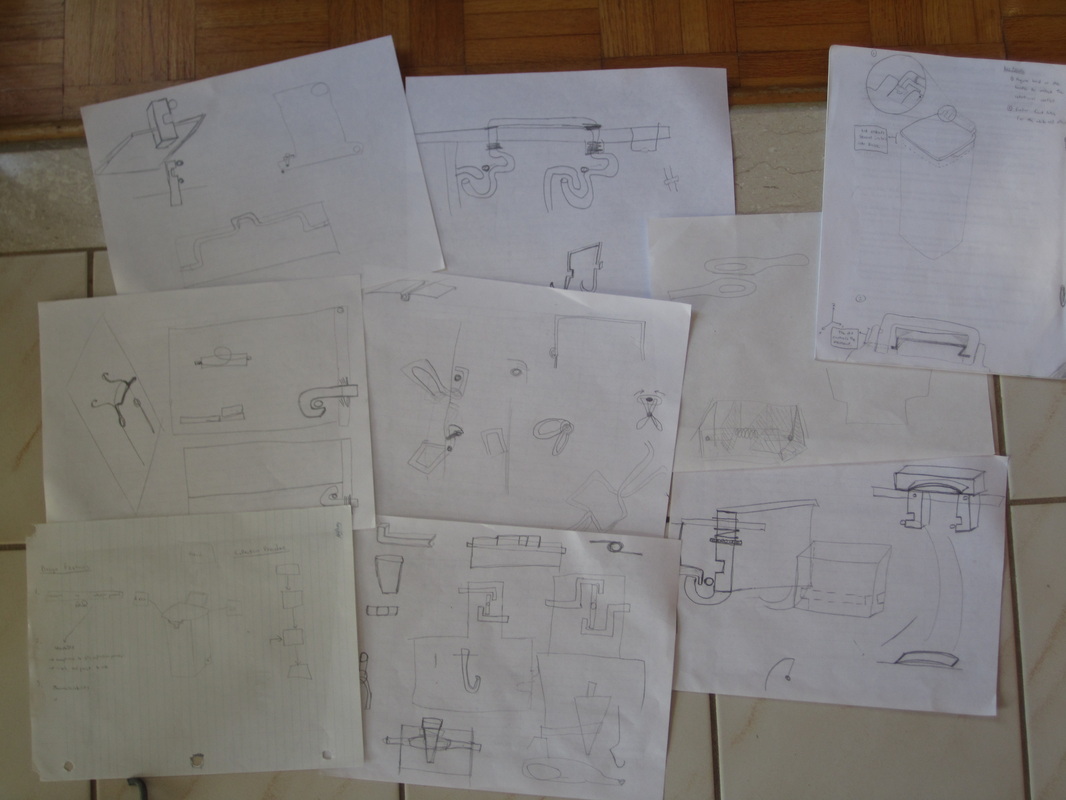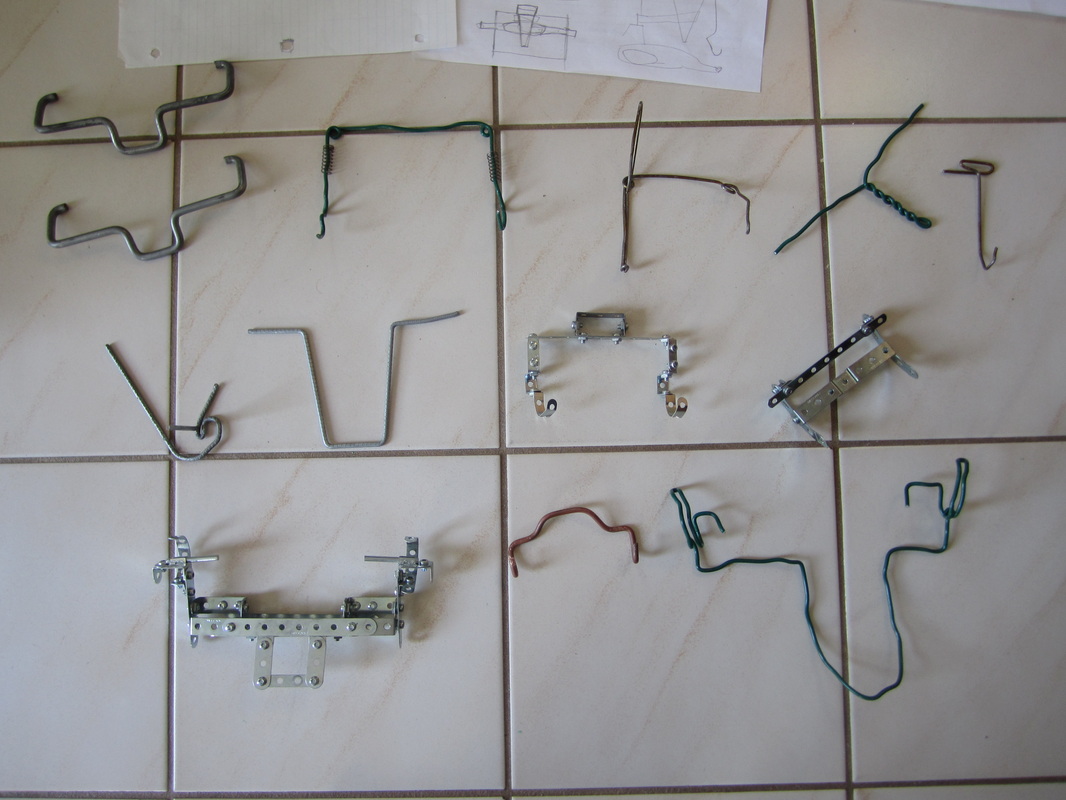Green Bin Redesign
After receiving the RFP regarding raccoons getting into green bins, I right away started thinking about this problem. I began with a lot of research of background to the problem. The contents of the proposal helped point out some good places to look for more information. The first few brainstorming sessions we had were a bit slow and unproductive, but we did manage to discuss and debate the design decisions that mattered the most. Keeping three factors in mind ‒ raccoon-proof, quick to open, and simple/cheap to make
‒ I started generating as many ideas as I could. Both with sketches and low-fidelity prototypes, I moved from design to design a number of times. The pictures below capture a portion of the vast amount of ideas I tried over the course of a couple weeks.
After iterating through the first few stages of my personal design process I got to the point where I was not sure how to test and analyze the designs. I ended up contacting some people for advice and criticism of our current ideas. This helped single out what we should focus on and what we were doing well. From there I made a better prototype of one of the better ideas. As you can see in the video below, I was able to test this model more effectively. We stuck with this design through the design critique until some concerns were brought up. If the bin was to be knocked over, the mechanism would be pretty easy to open. Making it spring loaded was a possible solution but it was considered a last resort since it would further complicate the whole design.
Between the critique and the showcase, I went back to generating ideas and making basic models in hopes of finding a design that did not require a spring and would remain raccoon-proof at every orientation. Constantly iterating through my design process I came upon a design that involved a larger range of motion to increase complexity of the opening procedure. This slightly increased opening times but the ability to stop raccoons was seen as a more important design decision.
This project exemplifies my design process quite thoroughly. However, the testing and analyzation stage was difficult to address due to the fact that we could not test the bin with raccoons. This was the weakest link in our design and is something to consider when taking on projects in the future.


